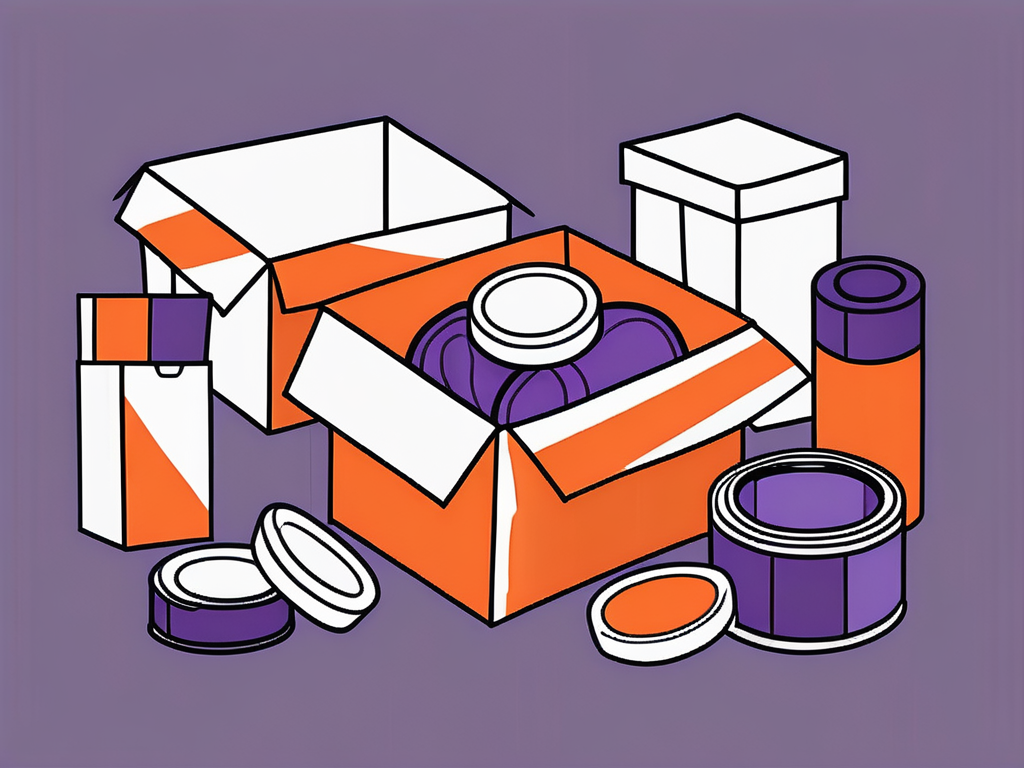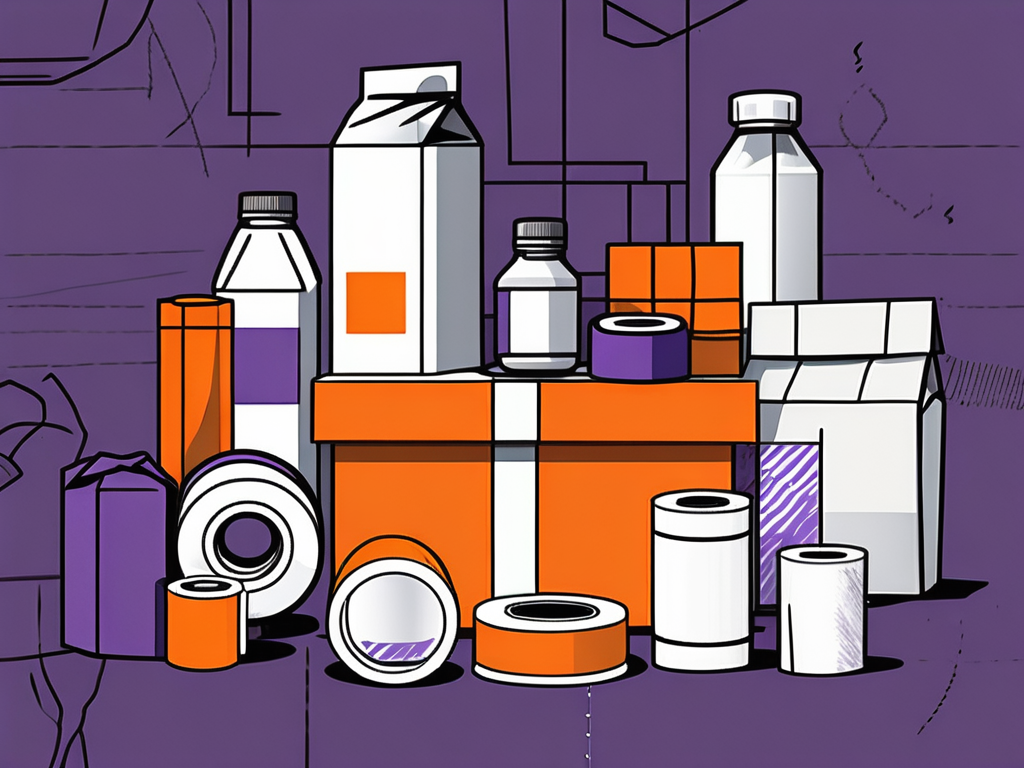Did you know that packaging mistakes can have a significant impact on consumer perception and overall brand reputation?
In fact, studies have shown that over 70% of consumers have reported experiencing packaging failure at some point. Whether it’s a broken product upon delivery or difficult-to-open packaging, these mistakes can leave a lasting impression on customers.
Table of Contents
ToggleCommon Packaging Mistakes to Avoid
Packaging seems simple, but it’s more complex than it seems. The potential for mistakes is most definitely there, and we identified the most common mistakes that you can encounter. These are:
- Ignoring the Importance of Packaging Design: As mentioned earlier, overlooking the significance of a visually appealing packaging design can be a costly mistake. Invest time and resources into creating a design that captivates customers and communicates your brand’s values effectively.
- Overlooking Product Protection: While aesthetics are crucial, the primary purpose of packaging is to protect the product inside. Be sure to consider the fragility and sensitivity of your item and select appropriate packaging materials to prevent damage during transit.
- Neglecting the Unboxing Experience: The excitement a customer feels when opening a package can leave a lasting impression. Don’t overlook the unboxing experience. Make it easy for customers to open the package, remove the product, and ensure minimal waste.
These are just a few examples of common packaging mistakes businesses make across various industries. Let’s explore some industry-specific packaging errors to gain further insights.

One industry where packaging mistakes can have a significant impact is the food and beverage sector. Improper packaging in this industry can lead to:
- food spoilage
- contamination
- and even safety hazards for consumers
It is crucial for food and beverage companies to adhere to strict packaging guidelines to ensure the freshness and quality of their products.
Another industry that often faces packaging challenges is the electronics sector. Inadequate protection for electronic devices can result in damage during shipping and handling, leading to costly returns and dissatisfied customers. Manufacturers in this industry must prioritize durable packaging materials and secure designs to safeguard delicate electronic components.
Packaging Mistakes in Different Industries
Mistakes, like packages, come in different shapes and sizes. Actually, each industry faces their own share of packaging mistakes. So, let’s discuss some of these specific issues, so you can successfully avoid them in the future.
Food Industry Packaging Mistakes
In the fast-paced world of the food industry, packaging mistakes can have severe consequences.
Poorly designed or inadequate packaging can compromise food safety, leading to spoilage, contamination, or loss of freshness. This can not only result in financial losses for businesses but also pose serious health risks to consumers.
Imagine opening a package of your favorite snack only to find it moldy or discovering that the expiration date was incorrectly labeled, causing you to unknowingly consume expired food. These scenarios highlight the importance of proper packaging in the food industry.

Furthermore, improper labeling can result in legal issues and consumer mistrust. In an era where consumers are increasingly conscious about the ingredients in their food and the transparency of the companies they support, accurate and informative labeling is crucial.
Mislabeling allergens or failing to disclose important information can lead to allergic reactions or even lawsuits. It is essential for businesses in the food industry to prioritize packaging materials that not only preserve the quality and freshness of the products but also ensure proper labeling and compliance with regulatory standards.
Cosmetic Industry Packaging Mistakes
The cosmetic industry relies heavily on visually appealing and functional packaging to attract customers. However, some common mistakes can be detrimental to both the product and the brand’s reputation.
Imagine purchasing a high-end foundation only to discover that it leaked during transit, ruining the product and creating a mess in your makeup bag. Such incidents not only result in unsatisfied customers but also reflect poorly on the brand’s quality control and attention to detail.
Moreover, packaging that lacks clear instructions can lead to confusion and frustration among customers. Whether it’s a skincare product with complex application steps or a hair dye kit with unclear mixing ratios, inadequate instructions can result in suboptimal results or even damage to the user.
To avoid such pitfalls, cosmetic companies, or their logistics, cosmetics fulfillment partners must prioritize packaging that is not only visually appealing but also secure, leak-proof, and provides all necessary information to the customer. By doing so, they can enhance the overall customer experience and build a positive brand image.
Electronics Industry Packaging Mistakes
For electronics companies, packaging mistakes can result in damaged products or frustrated customers. Imagine eagerly unboxing your new smartphone only to find it scratched or broken due to insufficient padding or inadequate protection against moisture.
Such incidents not only lead to disappointed customers but also result in costly returns and negative reviews that can harm a company’s reputation.
In addition to physical protection, using incorrect packaging sizes can also cause problems. If an electronic device is packaged in a box that is too big or too small, it may not fit properly, leading to potential damage during transportation. This can be especially problematic for delicate components or fragile screens.
To ensure customer satisfaction and minimize the risk of damage, electronics businesses should invest in packaging materials specifically designed to protect their products, or third-party logistics providers who ensure the same things. Effective cushioning and shock absorption are paramount to safeguarding the integrity of electronic devices throughout the shipping process.
How to Avoid Packaging Mistakes
Avoiding packaging mistakes requires careful planning and implementation of effective strategies. Here’s how businesses can ensure their packaging aligns with customer expectations:
- Research and Test: Conduct thorough market research to understand customer preferences and expectations. When possible, conduct product testing to identify any potential packaging issues well before the product reaches the market.
- Collaborate with Experts: Seek advice from packaging specialists who can provide valuable insights on design, materials, and best practices. They can help identify potential pitfalls and recommend improvements.
- Invest in Quality Control: Establish rigorous quality control measures to identify and rectify any packaging errors before the products are shipped. Regular audits and inspections can go a long way in minimizing mistakes and ensuring consistent quality.
Importance of Quality Control in Packaging
Packaging is not just about aesthetics—it must also meet fundamental functional requirements. Implementing quality control measures ensures that your packaging materials and processes are up to par. Regular inspections, performance testing, and adherence to industry standards can help identify and rectify any packaging mistakes before they reach the customer.
The Role of Sustainable Packaging
In addition to avoiding common packaging mistakes, businesses should also consider the environmental impact of their packaging choices.Implementing sustainable packaging solutions not only helps reduce waste but also resonates with the growing number of environmentally conscious consumers.
From utilizing recyclable materials to minimizing excess packaging, sustainability should be a key consideration in packaging strategies.
However, it is important to note that packaging mistakes can still occur, even with the most thorough planning and quality control measures in place. For example, unforeseen issues with suppliers or production processes can lead to packaging errors that may only be discovered after the products have been shipped. In such cases, it is crucial for businesses to have a contingency plan in place to address these mistakes swiftly and effectively.
Reduce Packing Mistakes and Improve the Satisfaction of Your Customers
By understanding the impact of packaging mistakes, learning from industry-specific examples, and implementing effective strategies, businesses can avoid costly errors and deliver packaging that enhances customer satisfaction, strengthens brand reputation, and drives long-term success.






